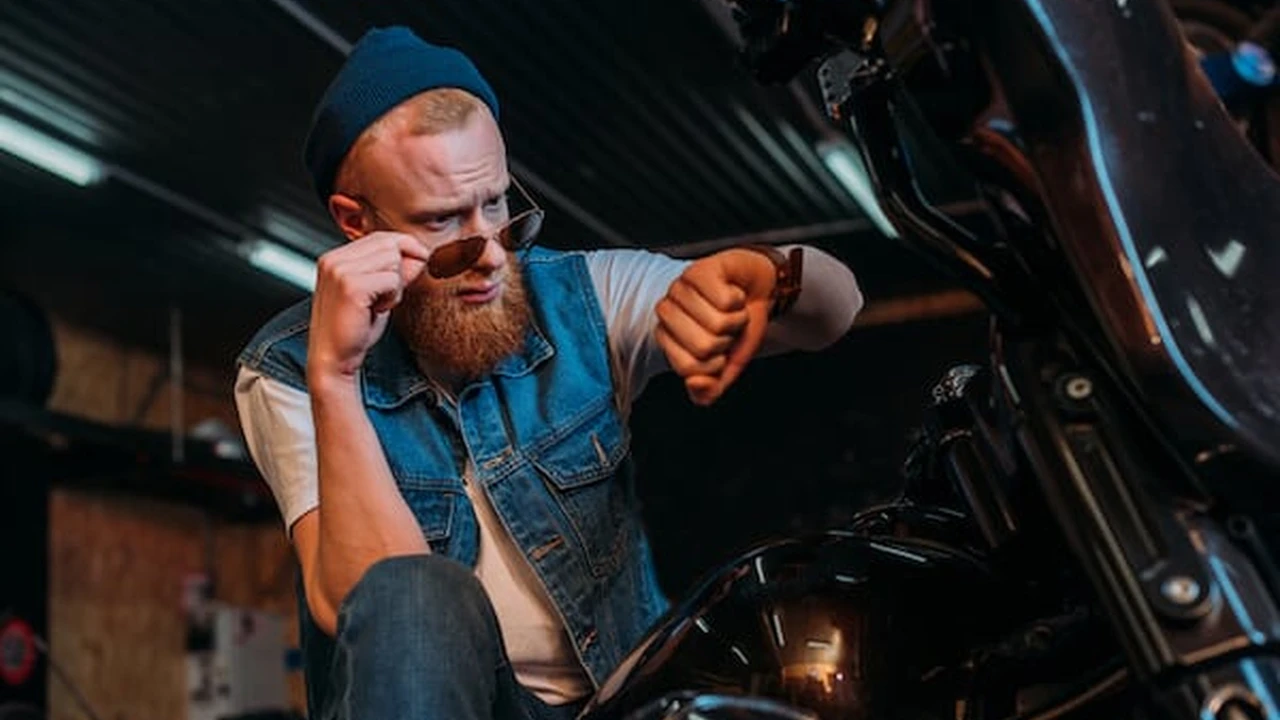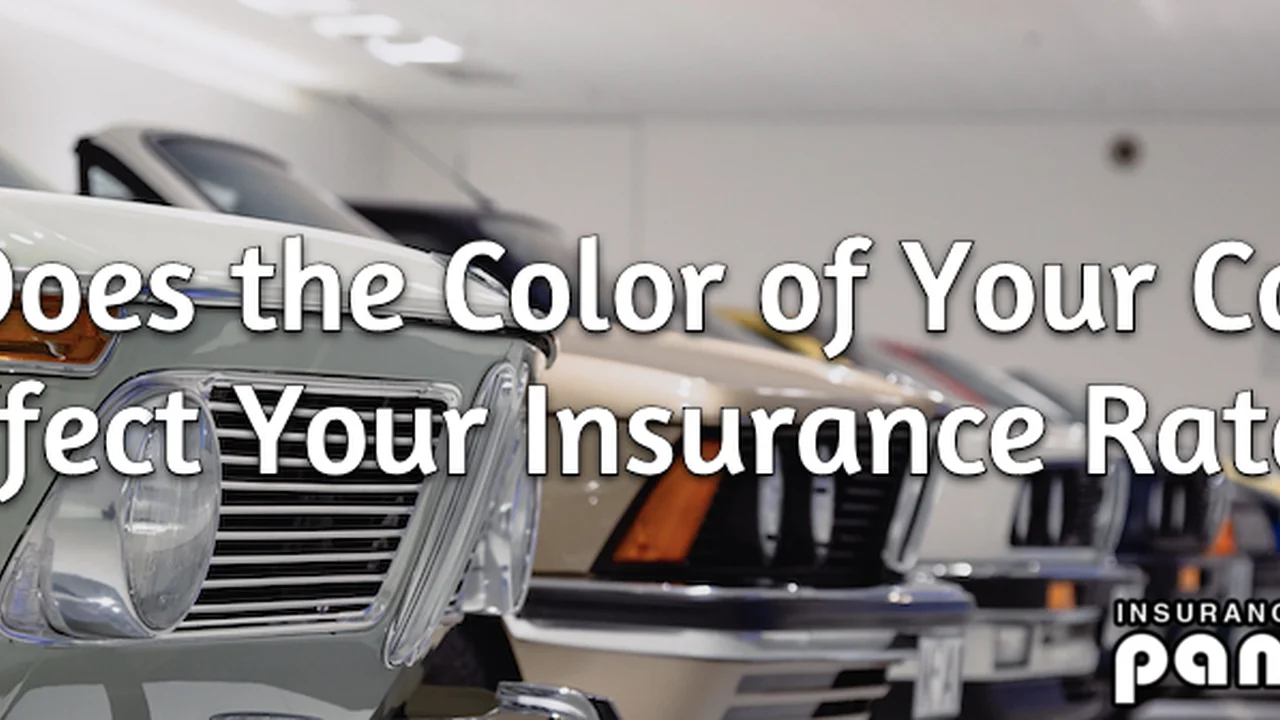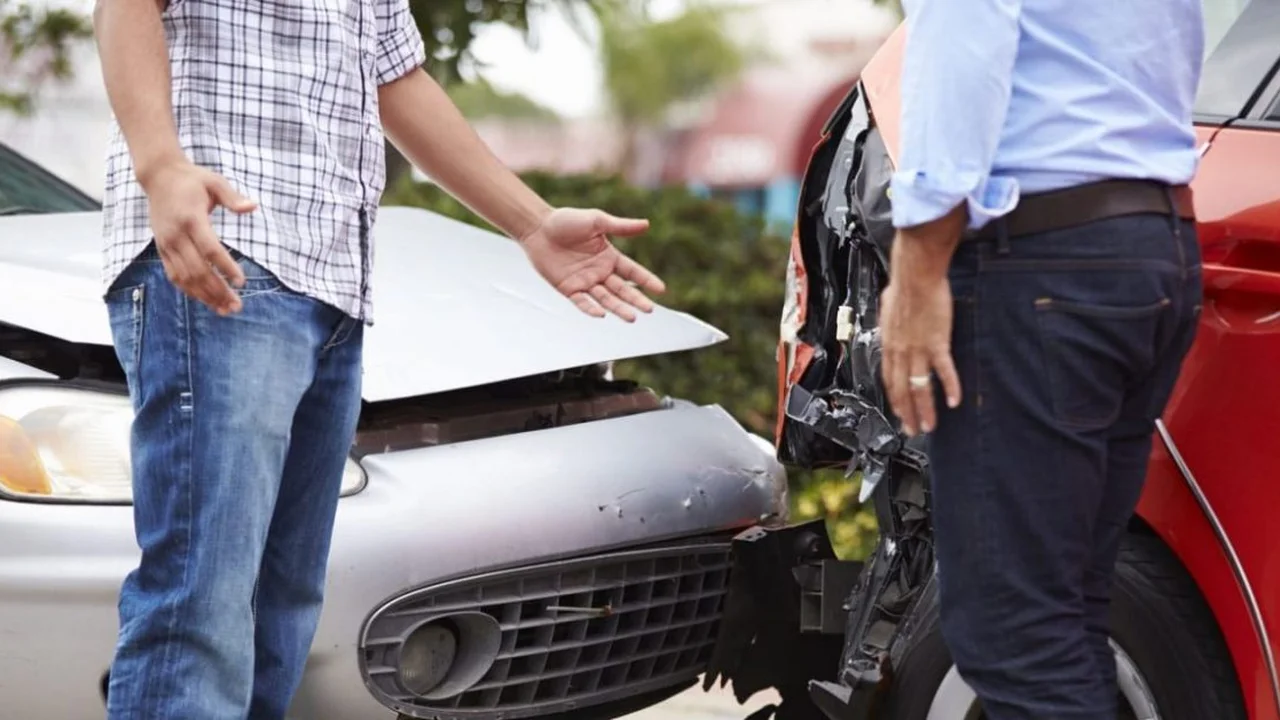Custom Equipment Coverage: Protecting Your Aftermarket Parts

Understanding Custom Equipment Insurance Coverage For Your Car
So, you've tricked out your ride with some sweet aftermarket parts. New rims? Killer sound system? Maybe even a performance boost? That's awesome! But have you thought about what happens if those upgrades get damaged or stolen? Your standard car insurance policy might not cover them. That's where custom equipment coverage comes in. It's designed to protect those investments you've made to personalize your vehicle.
Basically, custom equipment coverage is an add-on to your auto insurance policy that specifically covers aftermarket parts and accessories. Think of it as extra protection for all the cool stuff you've added that goes beyond the factory standard. It's not automatically included in your regular comprehensive or collision coverage, so you need to specifically add it.
What Exactly Is Considered Custom Equipment And Aftermarket Parts? Key Coverage Details
Okay, let's get specific. What falls under the umbrella of "custom equipment"? Here's a breakdown of common examples:
- Sound Systems: High-end speakers, subwoofers, amplifiers, head units, and navigation systems. Basically, anything that improves your car's audio experience beyond the factory setup.
- Wheels and Tires: Custom rims, performance tires, and lifted suspension kits that change the vehicle's appearance and performance.
- Performance Enhancements: Engine modifications, turbochargers, superchargers, exhaust systems, and other parts designed to boost horsepower and torque.
- Appearance Upgrades: Custom paint jobs, body kits, spoilers, ground effects, and other cosmetic modifications that enhance the vehicle's aesthetic appeal.
- Interior Upgrades: Custom seats, steering wheels, gauges, and other interior modifications that personalize the driving experience.
- Technology Upgrades: Aftermarket security systems, GPS tracking devices, and other tech gadgets that enhance the vehicle's functionality and security.
- Truck Accessories: Bed liners, toolboxes, ladder racks, and other accessories specific to trucks.
It's important to note that the definition of "custom equipment" can vary slightly between insurance companies. Always check with your insurer to understand exactly what's covered under their policy.
Why Do You Need Custom Equipment Coverage? Assessing The Risks
You might be thinking, "Do I *really* need this?" Well, consider this: standard auto insurance policies typically only cover the value of the vehicle as it came from the factory. That means if your custom wheels are stolen or your performance engine is damaged in an accident, your regular insurance might not pay to replace them. You'd be stuck footing the bill yourself. Ouch!
Here are some scenarios where custom equipment coverage can be a lifesaver:
- Theft: Thieves love aftermarket parts, especially wheels, sound systems, and performance upgrades. If your car is broken into and your custom equipment is stolen, coverage can help you replace it.
- Accident Damage: If your car is involved in an accident, your custom parts could be damaged. Coverage can help you repair or replace them.
- Vandalism: Unfortunately, vandalism happens. If your car is vandalized and your custom parts are damaged, coverage can help you cover the costs.
- Natural Disasters: Hail, floods, and other natural disasters can damage your car and its custom equipment. Coverage can help with repairs.
Think about the cost of your upgrades. If you've invested a significant amount of money in aftermarket parts, it's definitely worth considering custom equipment coverage to protect your investment.
Choosing The Right Custom Equipment Coverage Limit Understanding Your Needs
Okay, you're convinced you need it. Now, how much coverage should you get? This is where it gets a little tricky. You need to accurately assess the value of all your aftermarket parts and accessories.
Here's how to figure it out:
- Make a List: Create a detailed list of all your custom equipment, including descriptions, purchase dates, and prices.
- Keep Receipts: Hold onto all your receipts for aftermarket parts and installation costs. This is crucial for proving the value of your upgrades.
- Take Photos: Take clear photos of your car and all its custom equipment. This provides visual evidence of the upgrades.
- Get Appraisals: For high-value upgrades, consider getting a professional appraisal to document their worth.
- Review Your Policy: Carefully review your insurance policy to understand the coverage limits and any exclusions.
Once you have a good estimate of the total value of your custom equipment, choose a coverage limit that's sufficient to replace everything in case of a total loss. It's better to overestimate than underestimate, as you don't want to be left with a shortfall if something happens.
Comparing Custom Equipment Insurance Providers Finding The Best Deal
Not all insurance companies offer custom equipment coverage, and the terms and conditions can vary significantly. It's essential to shop around and compare quotes from different providers to find the best deal.
Here are some things to consider when comparing insurance companies:
- Coverage Limits: What's the maximum amount they'll pay out for custom equipment damage or theft?
- Deductibles: How much will you have to pay out of pocket before the insurance kicks in?
- Exclusions: Are there any specific types of custom equipment that aren't covered?
- Policy Terms: Read the fine print carefully to understand the terms and conditions of the policy.
- Reputation: Check online reviews and ratings to see what other customers say about the insurance company's service and claims handling.
- Price: Of course, price is a factor. But don't just choose the cheapest option. Make sure you're getting adequate coverage for your needs.
Some popular insurance companies that offer custom equipment coverage include:
- Hagerty: Specializes in classic and collector cars, often providing excellent coverage for custom modifications.
- American Collectors Insurance: Another option focusing on classic and modified vehicles.
- State Farm, Allstate, Geico: While they may offer it, the extent of coverage varies and you should confirm explicitly what is covered.
Product Recommendations For Protecting Your Aftermarket Investments
Beyond insurance, consider these products to help protect your custom equipment:
Wheel Locks: Protecting Your Rims From Theft
Product: McGard Wheel Locks
Description: High-security wheel locks that prevent thieves from easily removing your rims. They require a special key for removal.
Usage Scenario: Ideal for parking in high-crime areas or leaving your car unattended for extended periods.
Comparison: Cheaper alternatives exist, but McGard is known for its durability and effectiveness. Avoid generic brands that are easily bypassed.
Price: $30 - $60 per set.
Car Alarm Systems: Deterring Theft and Vandalism
Product: Viper 5706V 2-Way Car Security System
Description: A comprehensive car alarm system with remote start, keyless entry, and a two-way remote that alerts you if your car is being tampered with.
Usage Scenario: Provides an extra layer of security against theft and vandalism, especially for valuable sound systems and other custom equipment.
Comparison: Simpler, less expensive alarms exist, but the two-way communication and advanced features of the Viper 5706V offer superior protection. Consider professional installation for optimal performance.
Price: $200 - $400 (plus installation).
GPS Tracking Devices: Recovering Your Vehicle If Stolen
Product: Apple AirTag (paired with an aftermarket hidden enclosure)
Description: While not specifically designed for car tracking, an AirTag hidden well within the vehicle can provide a low-cost tracking solution. Requires an iPhone or other Apple device.
Usage Scenario: Helps you locate your vehicle if it's stolen. Pair with other security measures for best results. Note: Apple AirTags are designed to alert people if they are being tracked unknowingly, so this is most effective for short-term theft recovery.
Comparison: Dedicated GPS trackers offer more features and accuracy but come with higher monthly fees. AirTags are a budget-friendly alternative for basic tracking.
Price: $29 per AirTag (plus cost of hidden enclosure, ~$10-20).
Dash Cams With Parking Mode: Capturing Evidence of Vandalism
Product: Vantrue N4 Dash Cam
Description: A triple dash cam recording front, inside, and rear of your vehicle. Parking mode activates when the car is off, recording any impacts or movement around the vehicle.
Usage Scenario: Provides video evidence in case of vandalism, hit-and-runs, or theft attempts while your car is parked.
Comparison: Many dash cams lack a reliable parking mode. The Vantrue N4 is known for its robust parking mode and clear video quality.
Price: $250 - $350.
Filing A Claim For Damaged Custom Equipment The Process Explained
Okay, so you've got coverage, and unfortunately, you need to file a claim. Here's the typical process:
- Report the Incident: Contact your insurance company as soon as possible to report the damage or theft.
- Gather Documentation: Provide your insurance company with all the necessary documentation, including your policy number, photos of the damage, receipts for your custom equipment, and any police reports.
- Get an Estimate: Get an estimate from a reputable repair shop for the cost of repairing or replacing the damaged custom equipment.
- Cooperate with the Adjuster: Your insurance company will assign an adjuster to your claim. Cooperate with the adjuster and provide any additional information they request.
- Review the Settlement Offer: Once the adjuster has reviewed your claim, they will make a settlement offer. Review the offer carefully to make sure it covers the cost of repairing or replacing your custom equipment.
- Negotiate if Necessary: If you're not satisfied with the settlement offer, you can negotiate with the insurance company. Be prepared to provide additional documentation or evidence to support your claim.
Remember to be patient and persistent throughout the claims process. It can take time to resolve a claim, but don't give up. If you feel like you're not being treated fairly, you can contact your state's insurance department for assistance.
Maintaining Your Custom Equipment Protecting Your Investment Long Term
Protecting your custom equipment isn't just about insurance; it's also about proper maintenance. Regular maintenance can help prevent damage and extend the life of your upgrades.
Here are some tips for maintaining your custom equipment:
- Regular Cleaning: Keep your custom wheels, paint job, and interior clean to prevent damage from dirt, debris, and UV rays.
- Proper Storage: If you're storing your car for an extended period, protect it from the elements with a car cover.
- Professional Installation: Have your custom equipment installed by a qualified professional to ensure it's done correctly and safely.
- Regular Inspections: Inspect your custom equipment regularly for signs of wear and tear. Address any problems promptly to prevent further damage.
- Follow Manufacturer's Recommendations: Follow the manufacturer's recommendations for maintenance and care of your custom equipment.
By taking care of your custom equipment, you can protect your investment and enjoy your personalized ride for years to come.
:max_bytes(150000):strip_icc()/277019-baked-pork-chops-with-cream-of-mushroom-soup-DDMFS-beauty-4x3-BG-7505-5762b731cf30447d9cbbbbbf387beafa.jpg)






